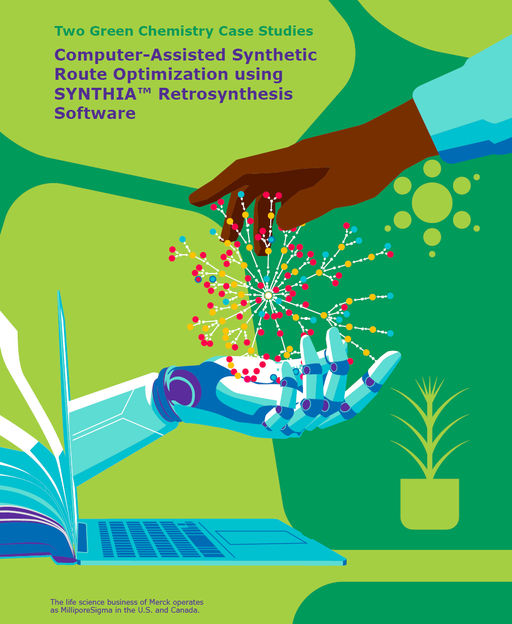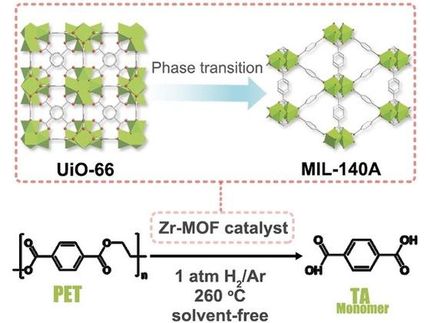Microbes transform plastic waste into paracetamol
How traditional chemistry can work with engineering biology to create sustainable chemical-producing living microbial factories
paracetamol production could be revolutionised by the discovery that a common bacterium can turn everyday plastic waste into the painkiller, a study reveals. The new method leaves virtually no carbon emissions and is more sustainable than the current production of the medicine, researchers say.
Paracetamol is traditionally made from dwindling supplies of fossil fuels including crude oil. Thousands of tons of fossil fuels are used annually to power the factories that produce the painkiller, alongside other medicines and chemicals – making a significant contribution to climate change, experts say.
Tackling pollution
The breakthrough addresses the urgent need to recycle a widely used plastic known as polyethylene terephthalate (PET), which ultimately ends up in landfill or polluting oceans.
The strong, lightweight plastic is used for water bottles and food packaging, and creates more than 350 million tons of waste annually, causing serious environmental damage worldwide.
PET recycling is possible, but existing processes create products that continue to contribute to plastic pollution worldwide, researchers say.
Zero emissions
A team of scientists from the University of Edinburgh’s Wallace Lab used genetically reprogrammed E. coli, a harmless bacterium, to transform a molecule derived from PET known as terephthalic acid into the active ingredient of paracetamol.
Researchers used a fermentation process, similar to the one used in brewing beer, to accelerate the conversion from industrial PET waste into paracetamol in less than 24 hours.
The new technique was carried out at room temperature and created virtually no carbon emissions, proving that paracetamol can be produced sustainably.
Further development is needed before it can be produced at commercial levels, the team says.
Some 90 per cent of the product made from reacting terephthalic acid with genetically reprogrammed E. coli was paracetamol.
"This work demonstrates that PET plastic isn’t just waste or a material destined to become more plastic – it can be transformed by microorganisms into valuable new products, including those with potential for treating disease," Professor Stephen Wallace UKRI Future Leaders Fellow and Chair of Chemical Biotechnology.
World leader
The University of Edinburgh is a world leader in engineering biology, which uses engineering principles to harness biological processes to create new products and services. The University hosts the largest and most comprehensive group of researchers in the country.
Experts say this new approach demonstrates how traditional chemistry can work with engineering biology to create living microbial factories capable of producing sustainable chemicals while also reducing waste, greenhouse gas emissions and reliance on fossil fuels.
The research, published in Nature Chemistry, was funded by an EPSRC CASE award and biopharmaceutical company AstraZeneca, supported by Edinburgh Innovations (EI), the University’s commercialisation service.
"We are bringing in exceptional companies like AstraZeneca to work with Stephen and others at the University to translate these cutting-edge discoveries into world-changing innovations. Engineering biology offers immense potential to disrupt our reliance on fossil fuels, build a circular economy and create sustainable chemicals and materials, and we would invite potential collaborators to get in touch,” Ian Hatch Head of Consultancy at EI.
Most read news
Topics
Organizations
Other news from the department science

Get the chemical industry in your inbox
By submitting this form you agree that LUMITOS AG will send you the newsletter(s) selected above by email. Your data will not be passed on to third parties. Your data will be stored and processed in accordance with our data protection regulations. LUMITOS may contact you by email for the purpose of advertising or market and opinion surveys. You can revoke your consent at any time without giving reasons to LUMITOS AG, Ernst-Augustin-Str. 2, 12489 Berlin, Germany or by e-mail at revoke@lumitos.com with effect for the future. In addition, each email contains a link to unsubscribe from the corresponding newsletter.
Most read news
More news from our other portals
Last viewed contents

PFAS: A novel path to breaking down “forever chemicals” - A new catalyst capable of cleaving strong carbon-fluorine bonds has been developed – potential use in pharmaceutical production
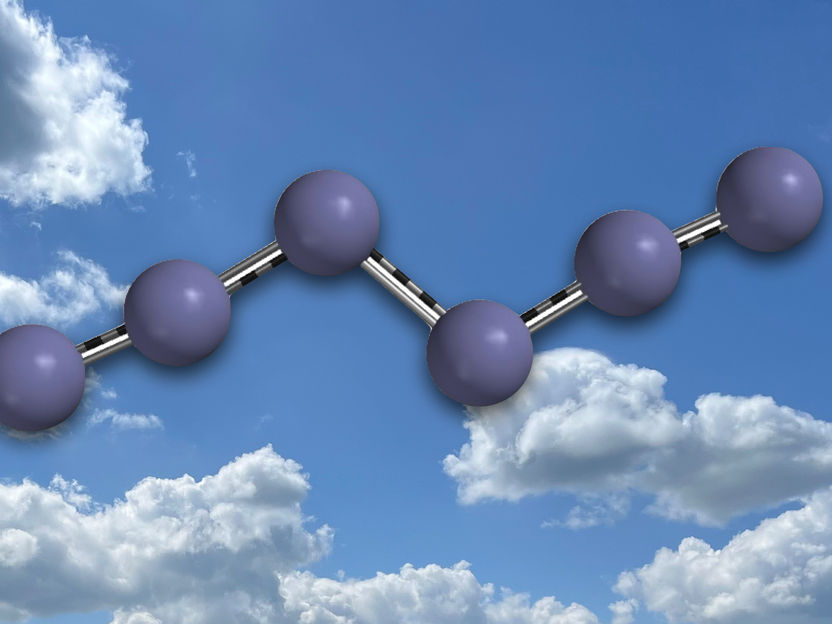
Chemists produce hexa-nitrogen for the first time - the most energy-rich substance ever formed - "...a huge advance in nitrogen chemistry": future application as environmentally friendly energy storage conceivable

Selective and reversible adsorption of gases - Things are much better under tension
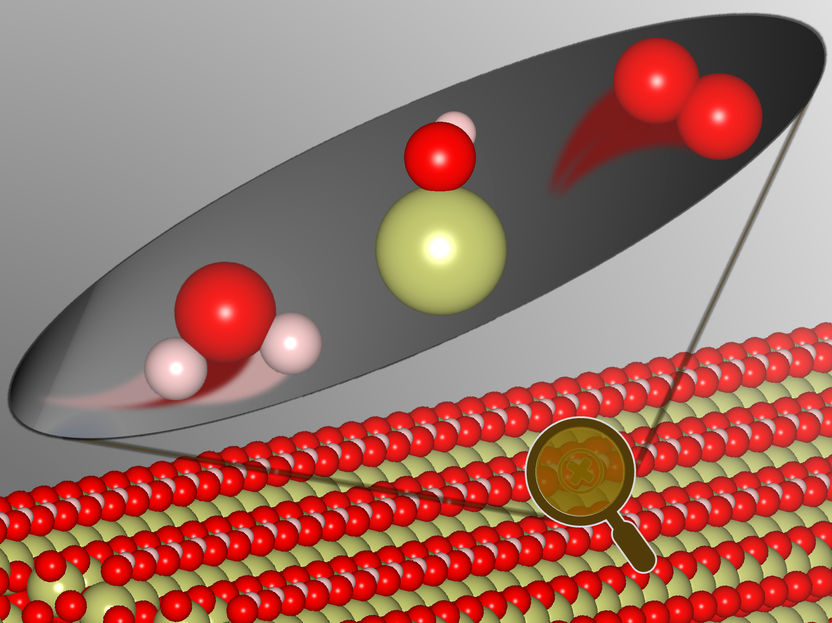
New Dynamics Discovered in Heterogeneous Catalysis - Researchers have shown that solid catalysts can sometimes behave differently than previously assumed during hydrogen production

Advanced Dilution System ADS 2 | Automatic diluters | Agilent Technologies
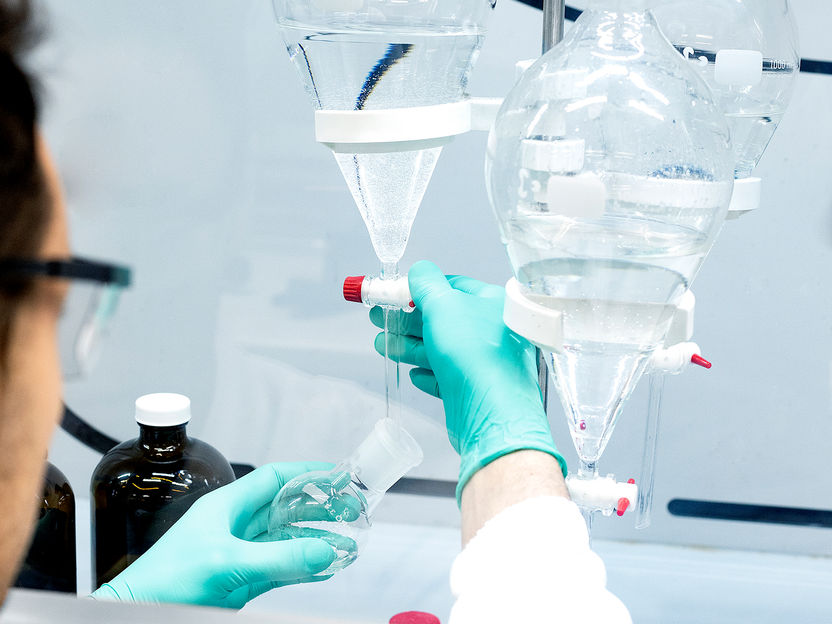
PFAS Regulations and Strategies for Compliance - Download our white paper to learn more about supply chain challenges and opportunities
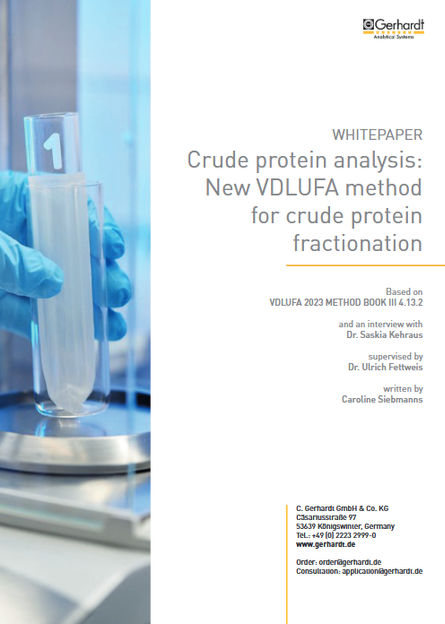
Crude protein fractionation in animal feed according to VDLUFA - Fractionation of crude protein to provide a basis for crude protein evaluation in feed analyses
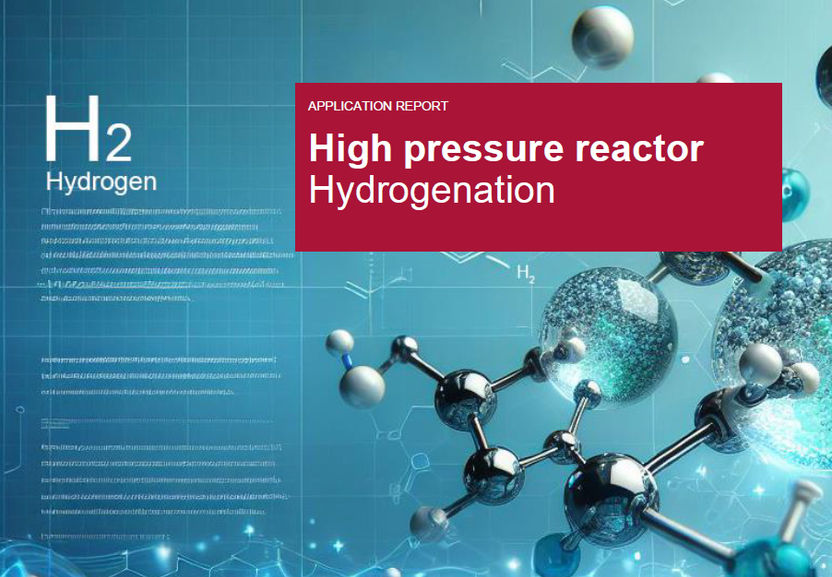
Learn how high-pressure reactors for efficient hydrogenation work! - Hydrogenation in high-pressure reactors - basics and safety
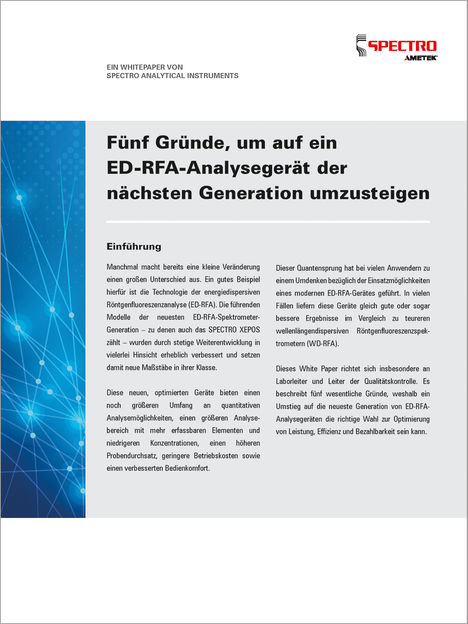
Five Surprising Advantages Of the Latest ED-XRF Analyzers - Optimizing Performance, Efficiency, and Affordability with Modern ED-XRF Technology
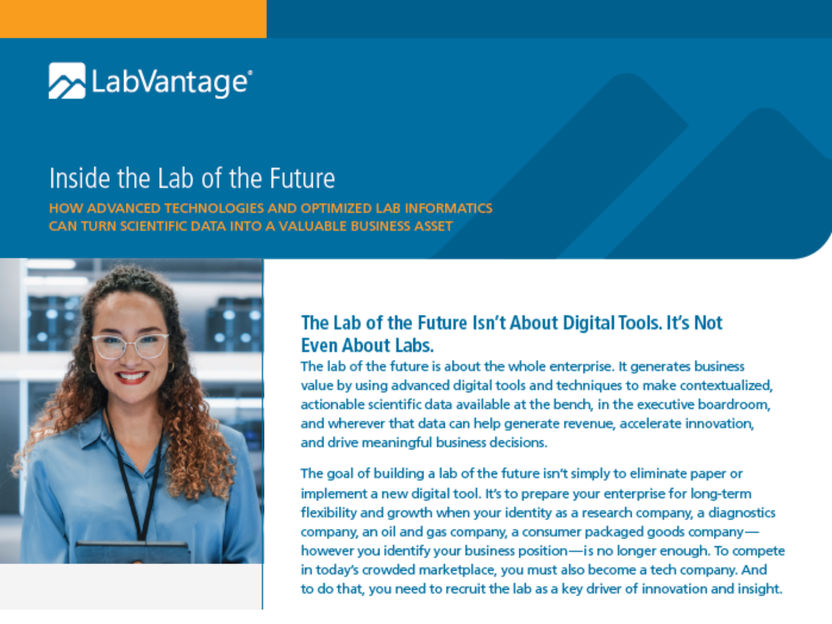
Inside The Lab of The Future - Learn our five key principles behind every future lab – and how to position yourself to be ready
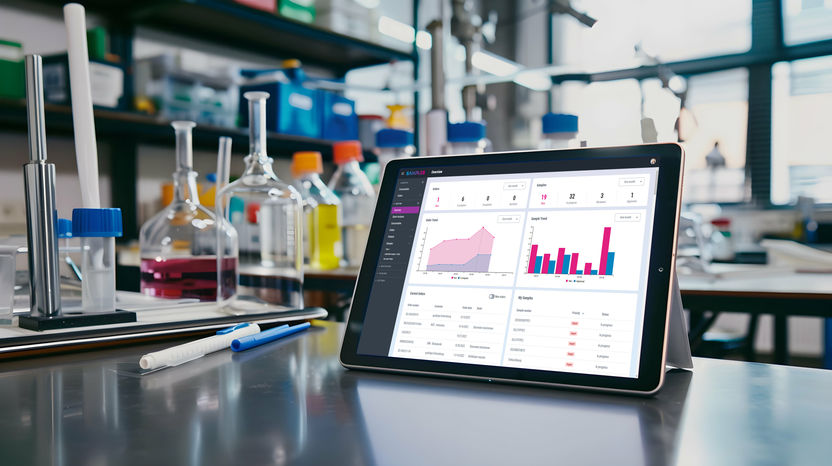
Can There Be a Future-Proof Laboratory Without a Modern LIMS?! - Requirements and Opportunities on the Road to Lab 4.0
